At some point, all of us have had some issues with organization or storage. The budding electronics geek with components everywhere, the 3D printer enthusiast with replacement parts and small hardware, anyone and everyone has something to put away. Where does it all go?
That’s where this curated list comes in. We’ve compiled a list of the coolest 3D printed boxes we could find. Sorted into three main categories, you’ll find storage containers, puzzle boxes, as well as mechanical ones with moving parts just for a little added flair.
If any of these pique your interest, but you’re living under a mass of loose parts, screws, and general unsorted trinkets, consider getting one of these printed by Craftcloud. Upload a model, pick a material, and everything else is handled for you.
Now, let’s take a look at these designs that think outside the box!
Storage Boxes
These boxes are designed for organization end uses and maximum storage capacity. Many are modular, allowing you to customize them based on your storage needs. Whether you want a wall of small drawers for electronic components or a way to give empty filament spools a new life, these designs are for you.
Lattice Crate
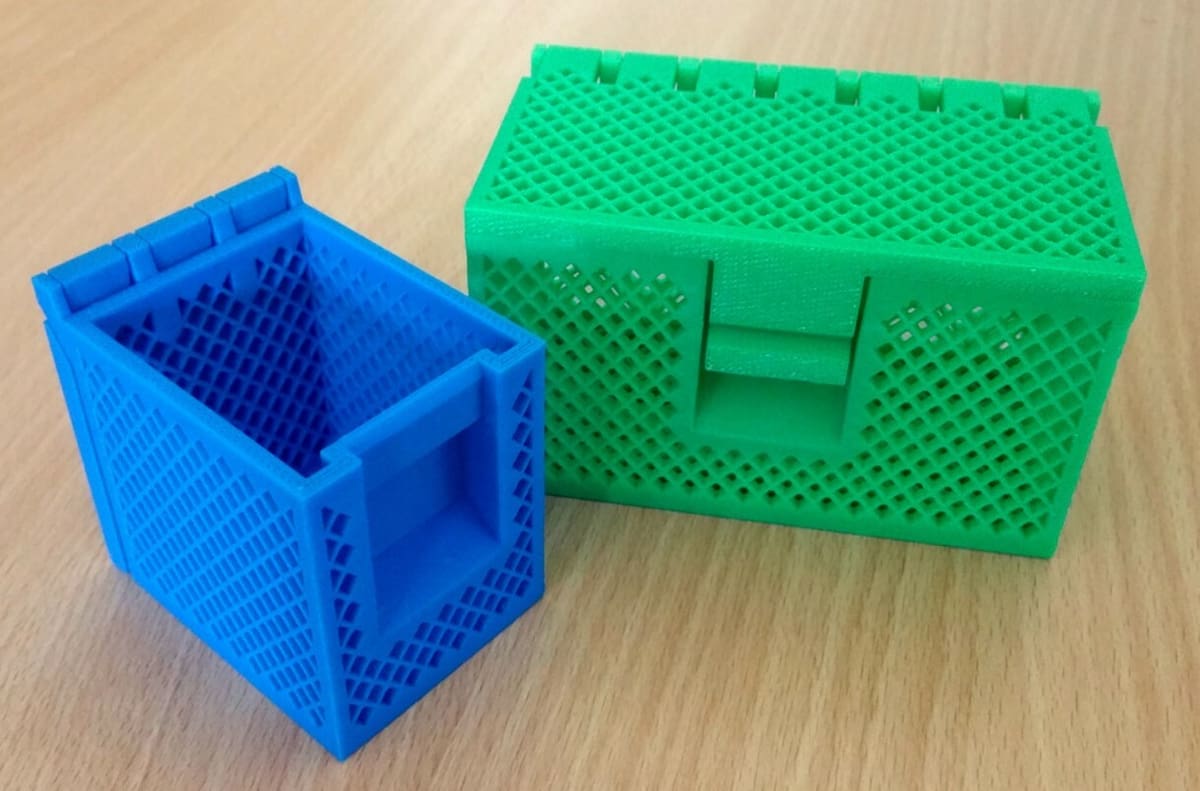
This model isn’t just visually appealing but also very filament-efficient. The lattice structure used throughout the design minimizes how much material is used. As you can see in the image above, this crate is equipped with a 3D printable hinge and a special latch so you can secure the contents of the crate.
The entire crate is 3D printable, so no extra hardware is necessary! The designer posted many different versions of the design, including some with different sizes, solid walls (rather than lattice), and other differences. Before downloading the models, you can check the designer’s notes on the project page to see which crate matches your requirements. As for printing, the creator suggests a 0.2-mm layer height with no supports.
- Who designed it? Merkli
- How printable/popular is it? 89 different prints of this design have been shared, and there are 13 remixes.
- Where to find it? Thingiverse
Parametric Rugged
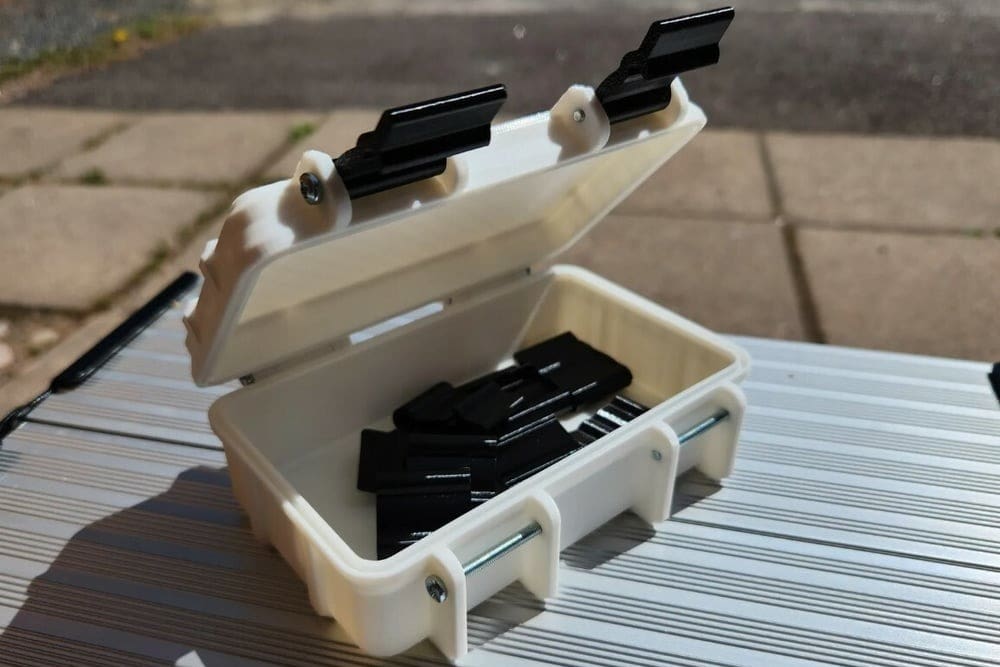
If you’re looking for a sturdy and durable box, this parametric rugged box is for you. It was inspired by a similar toolbox design but was adjusted to be parametric in Fusion 360, which allows you to change the dimensions to fit your needs.
This box is meant to be very durable, as you can see from the support ribs extending throughout the frame of the container. Additionally, the hinge requires two to four metal screws, which will provide more strength than a 3D printed hinge.
As the box is very strength-focused, you might want to choose a strong filament material, like ASA or ABS, as many of the community makers did. The designer also recommends printing the seal part of the box in a flexible material, like TPU.
- Who designed it? Whity
- How printable/popular is it? This parametric rugged box has over 400 makes and 137 remixes, many of which have been tailored to specific purposes.
- Where to find it? Printables
The Hive
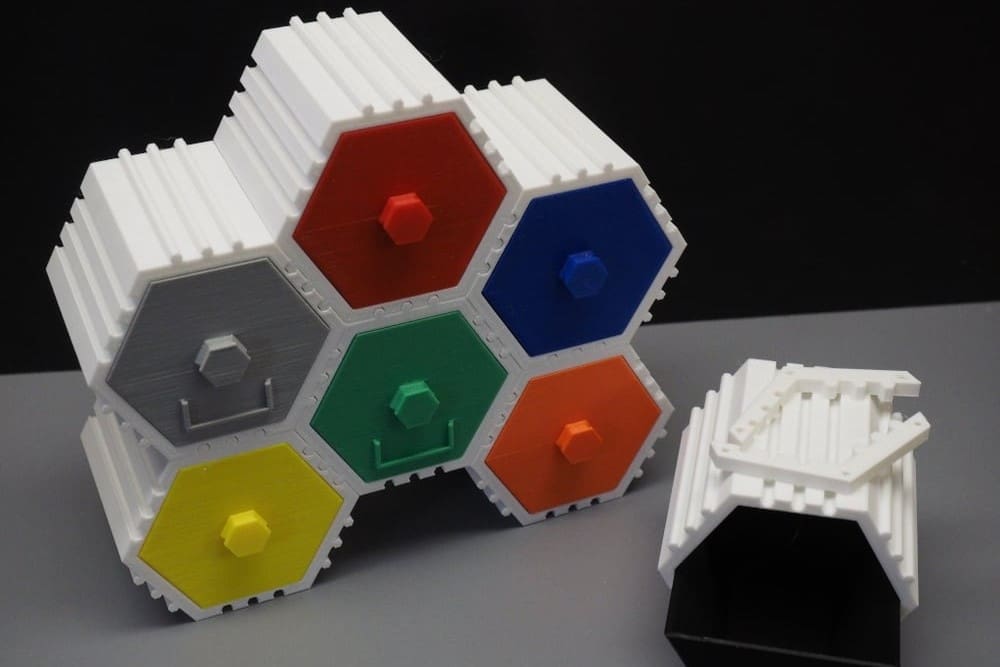
The Hive is a storage system based on fully stackable and modular hexagons. It includes multiple options for drawers and drawer inserts to suit any storage situation. Consider printing some of these to store all of your small parts, and look good doing it!
No supports are needed, and the designer recommends a 0.3-mm layer height with varying levels of infill depending on which part you’re printing.
- Who designed it? O3D
- How printable/popular is it? With 182 makes, 564,000+ downloads, and 68 remixes, this design is very popular!
- Where to find it? Thingiverse
Tudor Rose
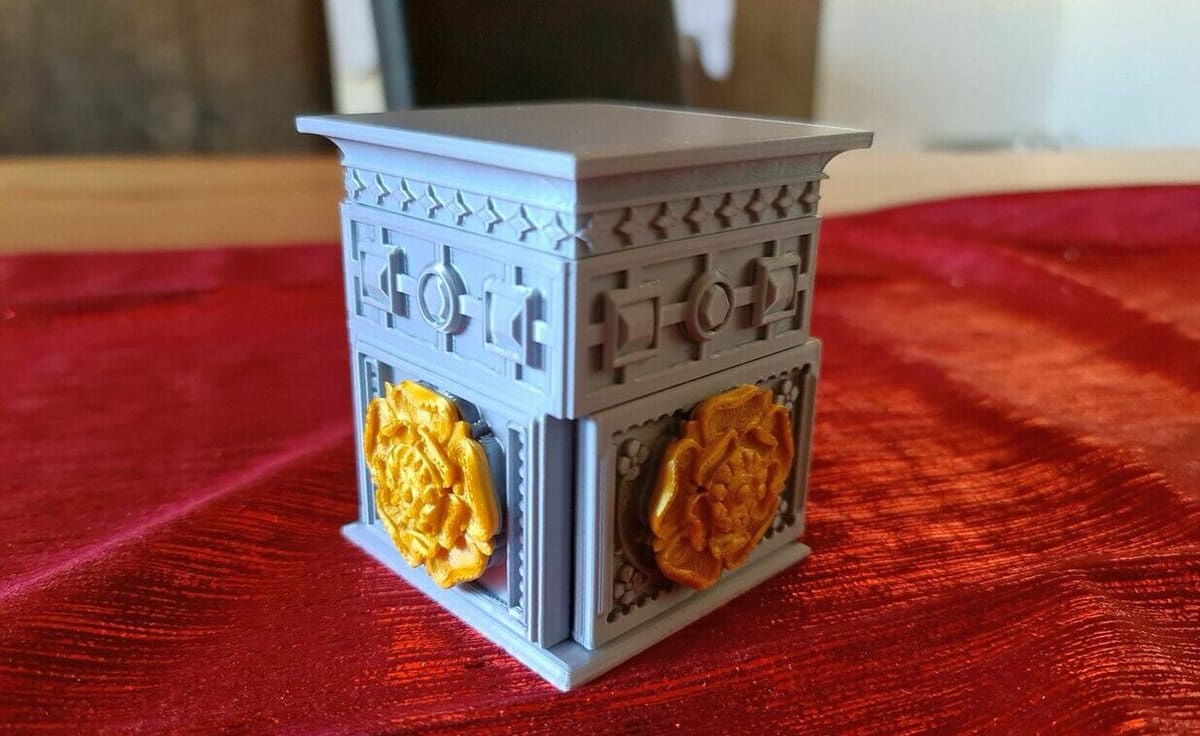
This storage box is quite basic in function, but the attention to detail in the carvings makes up for it! It even includes a secret lock to protect your important items.
This is a multi-part print that requires some assembly, so the designer provides detailed instructions to help. Consider printing one out of wood PLA to stain it and bring out a true wood grain look! The designer recommends 0.2-mm layer height and 15% infill.
- Who designed it? loubie
- How printable/popular is it? Currently, this design has over 290 makes, 115,000+ downloads, and 18 remixes.
- Where to find it? Thingiverse
Spiral Twister

Add some geometric twist action to a storage tube, and out comes this Spiral Twister Storage Box! This storage box brings some extra flair to an otherwise normal tube. As the lid goes on, it spins and lines up perfectly with the base. Not many designs come with a built-in fidget toy!
The designer mentions printing with an 0.4-mm nozzle because the walls are exactly 0.8 mm thick. It requires no support and by default is printed with 0.15-mm layer height, 25% infill, and 100% cooling.
- Who designed it? CamsCreations
- How printable/popular is it? Thingiverse reports that this model has 25 makes and over 26,000 downloads.
- Where to find it? Thingiverse
Filament Spools
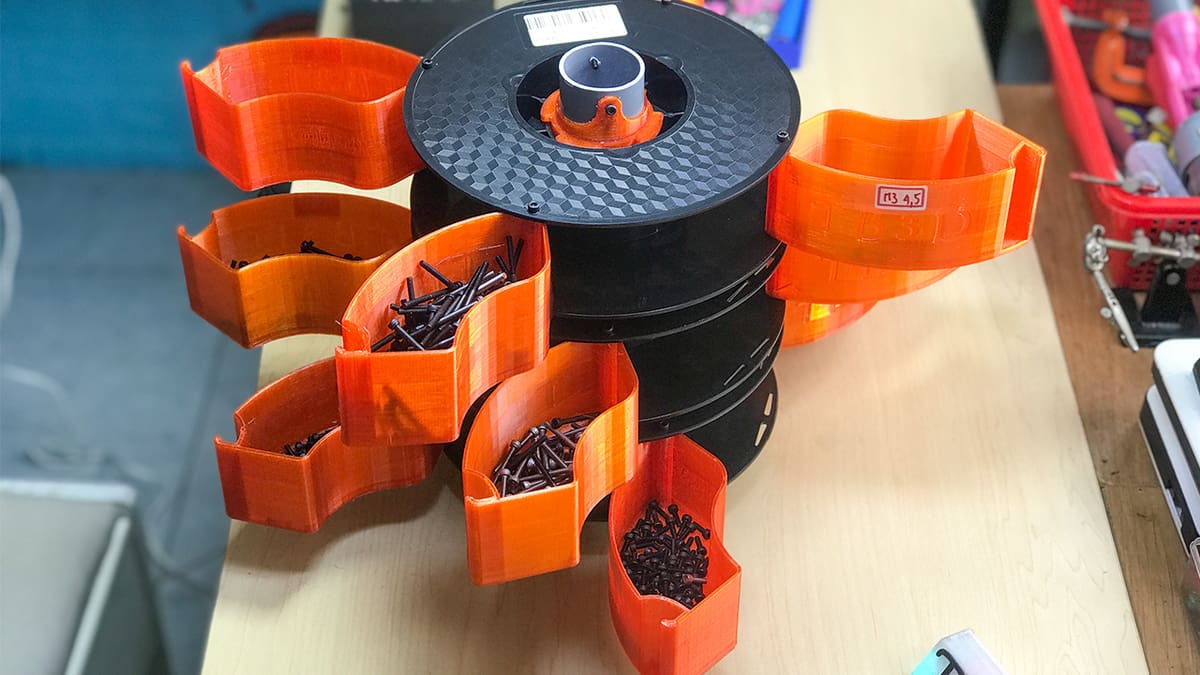
With every 3D printer comes a significant number of empty filament spools that end up getting thrown away. Recycle those spools by printing some of these containers! Many different things, including small tools, screws, and electronic parts, can go in these boxes. Have more spools? Print more boxes!
The designer includes instructions on assembly, as well as a method for stacking spools on top of each other using PVC pipe.
- Who designed it? TB3D
- How printable/popular is it? This design currently has almost 100 likes and about 1,000 downloads combined from both sites.
- Where to find it? MyMiniFactory, Cults
Print-In-Place
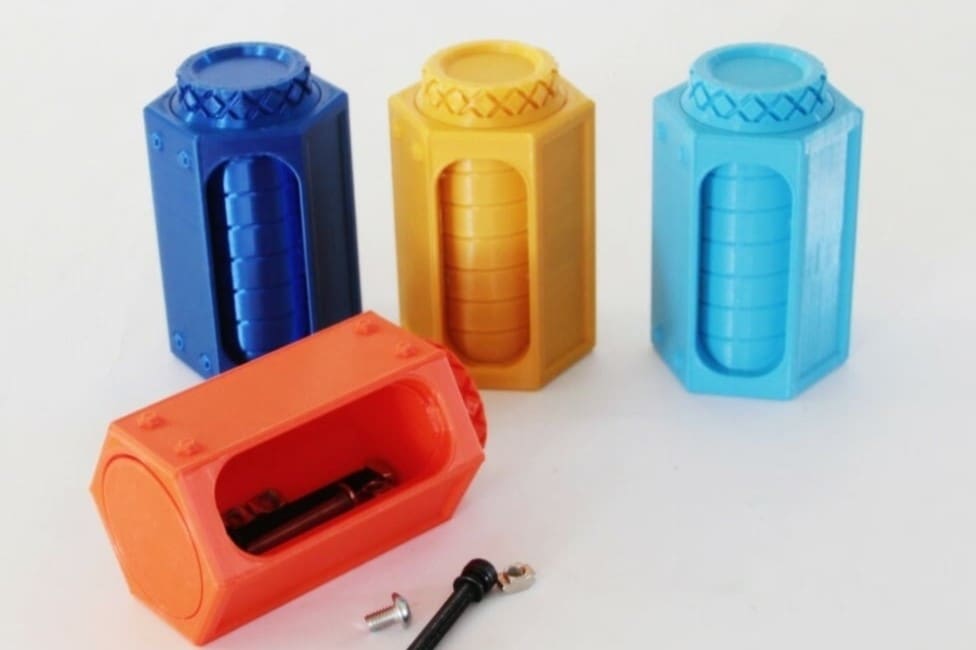
This unique storage box is perfect for those small screws and parts that always go missing. It has a small opening on the side that will align with the inner cylinder, allowing access. Closing is just as easy, with a half-turn of the knob up top. As the model is also fully stackable, print a few for different screw sizes!
As these are print-in-place, they require no support and are functional right off the print bed.
- Who designed it? PA-1
- How printable/popular is it? Over 2,500 people have downloaded this model from both sites, and three makes have been shared.
- Where to find it? MyMiniFactory, Cults
Puzzle Boxes
Puzzle boxes make great gift boxes and sometimes can be gifts in and of themselves! Since these designs focus more on the puzzle aspect rather than the storage, a few may have less capacity due to complex mechanisms.
Whether you’re a puzzle lover or simply have a gift that needs some extra pizazz, these boxes are sure to please!
Amaze
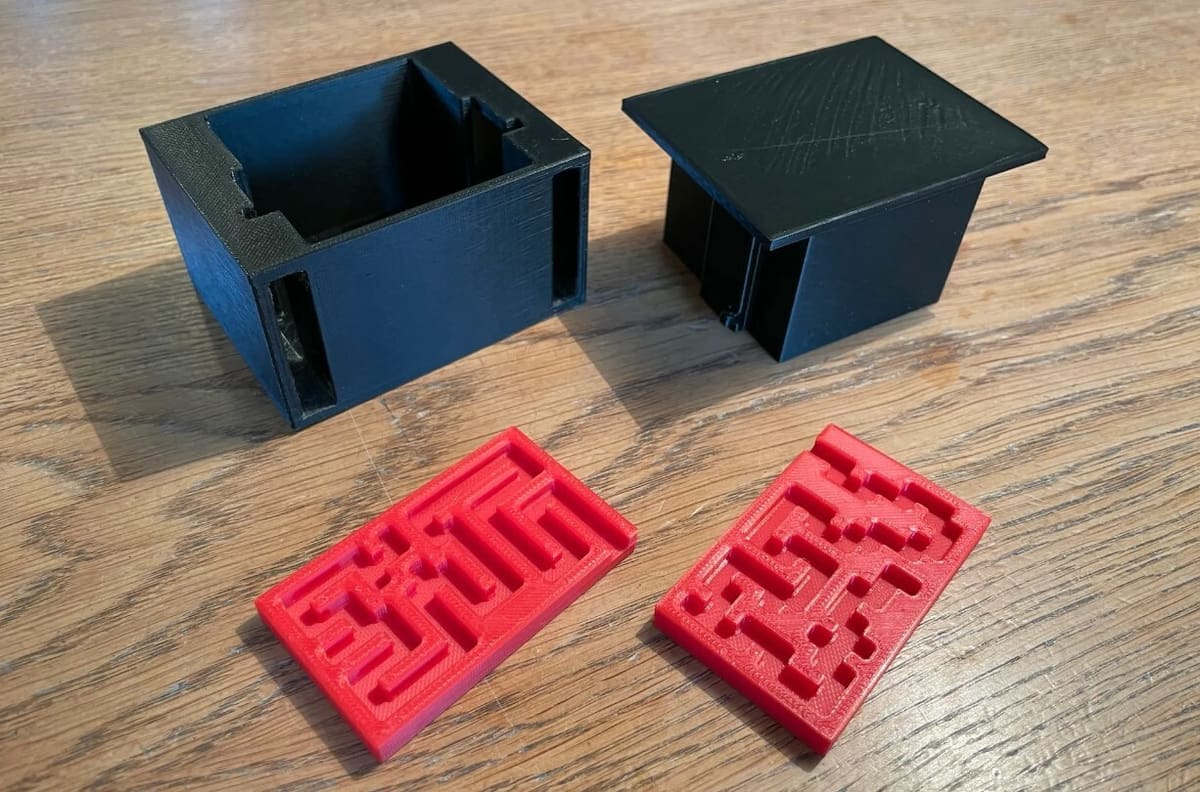
When fully put together, this box looks rather simple, but don’t be fooled! It contains four different 3D printable components, including two with internal mazes to make the contents of the box challenging to reach. According to the designer, 70 different moves are required to open the box, and they were kind enough to provide a solution video so you don’t accidentally trap your car keys inside!
When it comes to printing the box, the designer recommends a 0.18-mm layer height and a 15% infill density. They also mentioned that any filament material should work fine.
- Who designed it? Florglad
- How printable/popular is it? 21 makers have shared their prints, and there’s a remix that splits the box into two parts, enabling the model to be printed without supports.
- Where to find it? Printables
Secret Butterfly
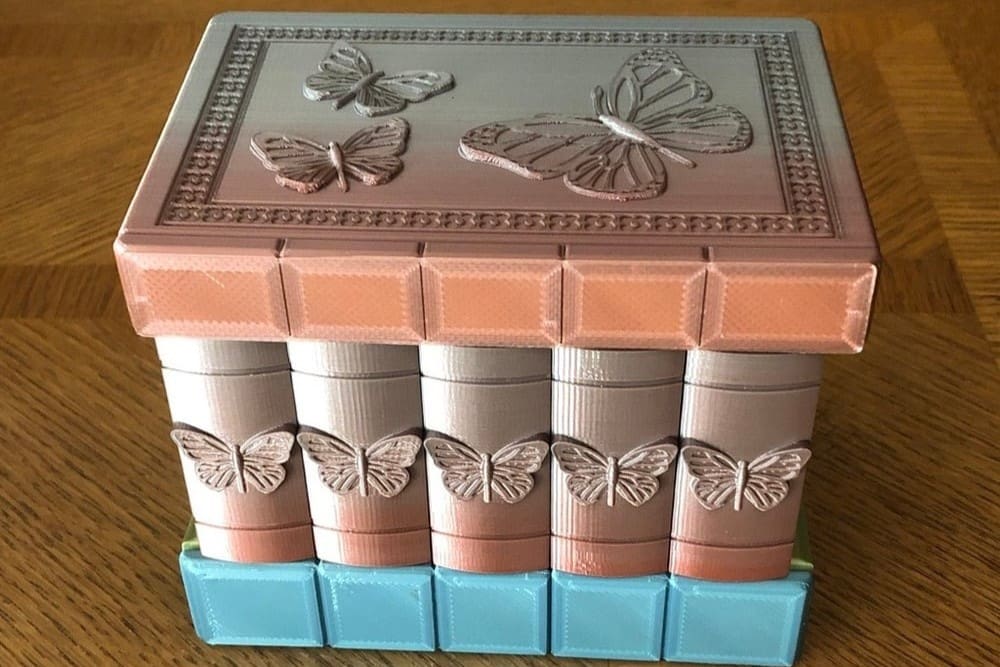
This puzzle box is featured on Thingiverse, which goes to show just how great a model it is. Solve the first part of the puzzle to find the key, then solve the second part to find the keyhole.
If you aren’t a fan of the butterfly theme, have no fear! The designer has released a plain box to customize, and some makers have done amazing prints with a wood look, rainbow filament, and soccer and Avengers motifs. To add extra colors and details, painting the exterior makes the details stand out!
The designer recommends a 0.4-mm nozzle or smaller due to the high level of detail in the butterflies.
- Who designed it? 3DPrintingWorld
- How printable/popular is it? With 277 makes and 41 remixes, this box is extremely popular on Thingiverse!
- Where to find it? Thingiverse
Labyrinth Gift
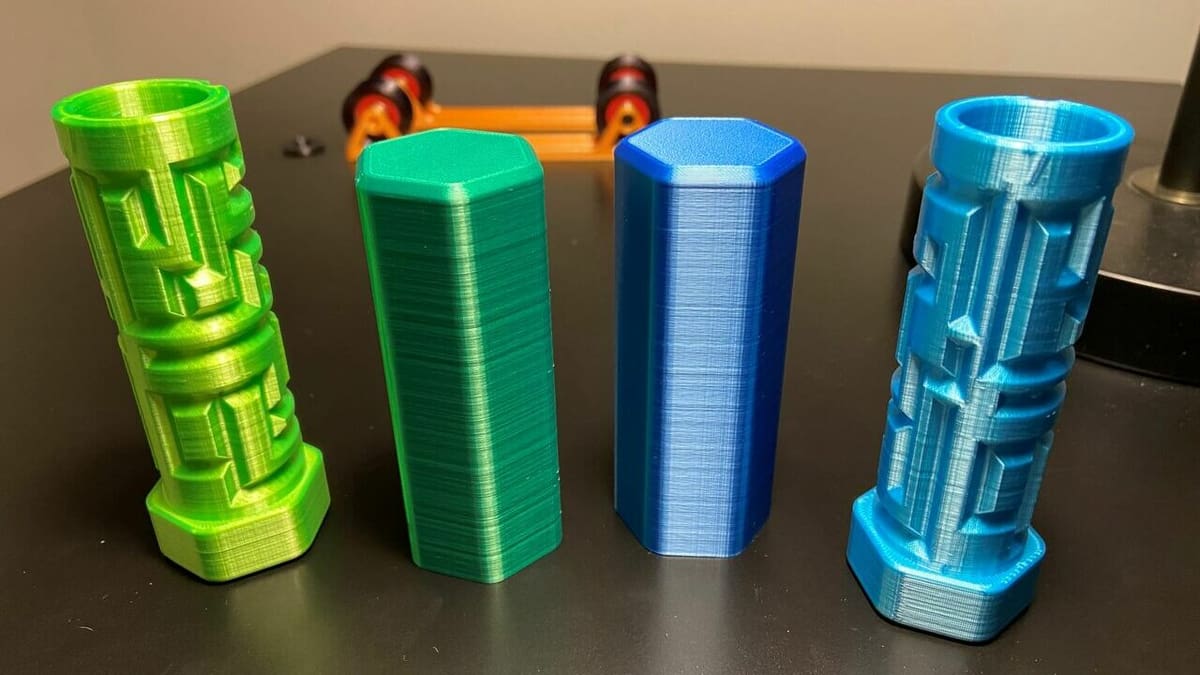
Another featured design on Thingiverse, this puzzle gift box features a labyrinth twisting around the cylinder, which the recipient must solve before they get their prize. This labyrinth was designed specifically to frustrate the receiver, with many opportunities to miss the correct path. The satisfaction of finally opening this box makes even the smallest gift worth much more.
The box can be printed with almost any material, and commenters recommend a standard 0.2-mm layer height with 20%+ infill.
- Who designed it? sneakypoo
- How printable/popular is it? A whopping 1,218 makes and 50 remixes of this design have been reported on Thingiverse.
- Where to find it? Thingiverse
The Heist
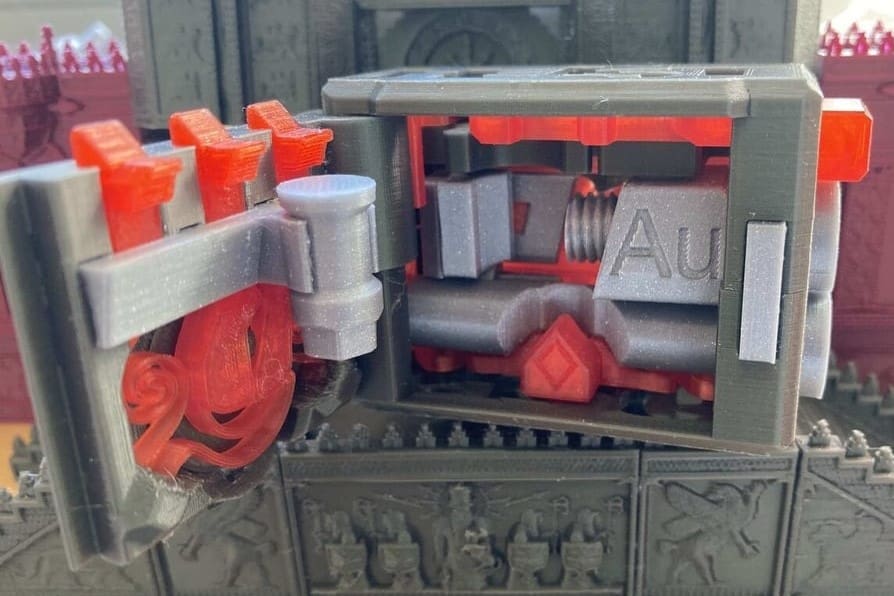
This box is the ultimate puzzle! It doesn’t have much storage space, as the design focuses on the process required to open it. It’s able to be 100% 3D printed, and assembly information is provided in a video by the designer since it has many different parts. If the other puzzle boxes in this list are too easy, consider printing this for a challenge!
The designer provides the printing instructions for each part, but the standard settings include a 0.2-mm layer height and 20% infill with no supports.
- Who designed it? LeisureLuke
- How printable/popular is it? Including both websites, this puzzle has more than 34 makes and over 6,300 downloads.
- Where to find it? Cults, Thingiverse
Yosegi
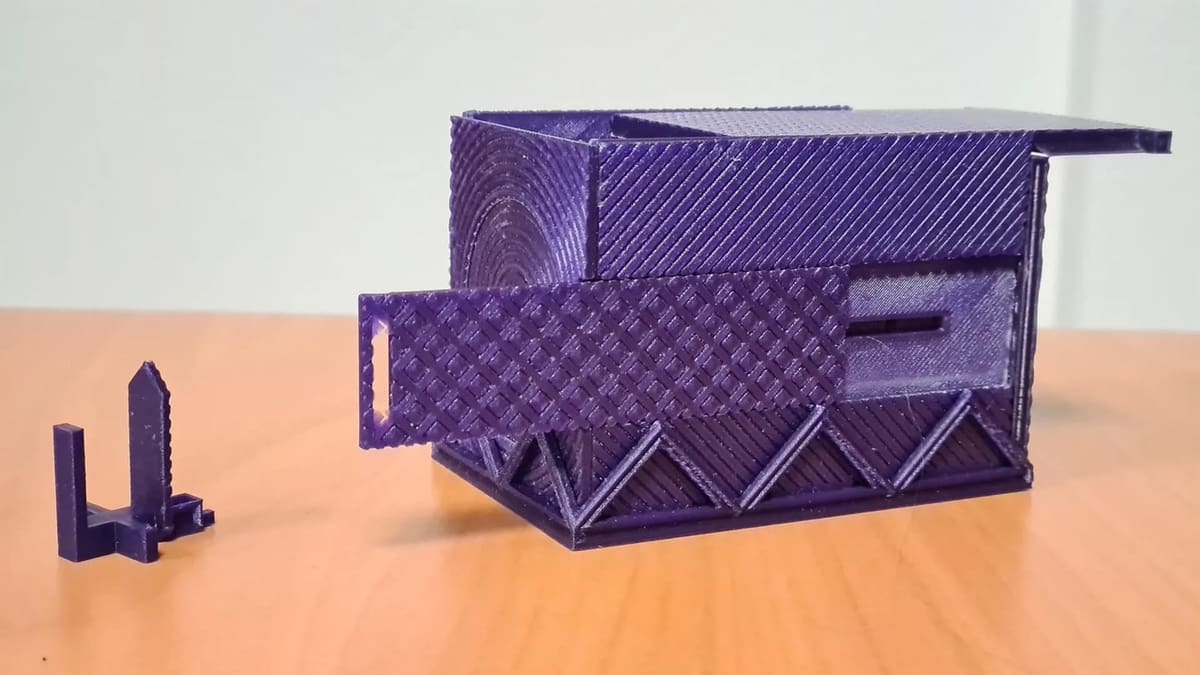
This eye-catching design was inspired by traditional Yosegi-kaizu puzzle boxes made in the Edo period of Japan. It’s just waiting to become a new statement piece! It contains some small parts and thin walls, so it has to be handled gently. Make sure to have a light touch.
The designer recommends a layer height of 0.1 mm, and since it’s somewhat fragile, they recommend printing in a tougher material such as PETG or ABS.
- Who designed it? Prototype
- How printable/popular is it? This model has 5 makes and over 150 likes.
- Where to find it? Printables
Impossible Dovetail
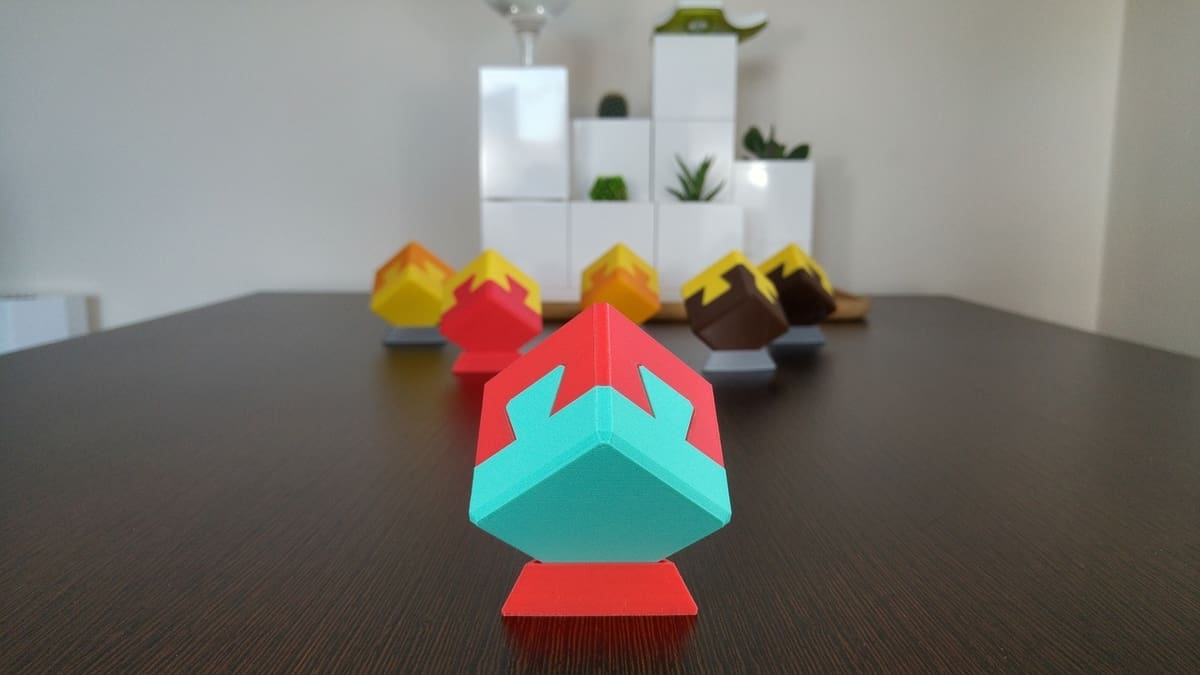
A puzzle box section wouldn’t be complete without one of these dovetail boxes. At first glance, it seems impossible to open, but slide the lid diagonally, and it comes off smoothly! Print one of these and watch someone’s eyes light up as they discover how the illusion works.
This model features optional spots for ball bearings and magnets to add difficulty to the puzzle. No supports required either!
- Who designed it? makit
- How printable/popular is it? At the moment, this design has been downloaded over 2,100 times, and five makers have shared their prints.
- Where to find it? MyMiniFactory
Mechanical Boxes
If you’re tired of plain storage boxes, a mechanical box with moving parts adds an interesting aspect to an otherwise normal container. From opening an iris with a twist to a box that lifts the lid on its own with just a push, these provide an extra cool factor over regular containers.
These also make fun gift boxes, especially for your mechanical-minded maker friends!
Print-In-Place Gear
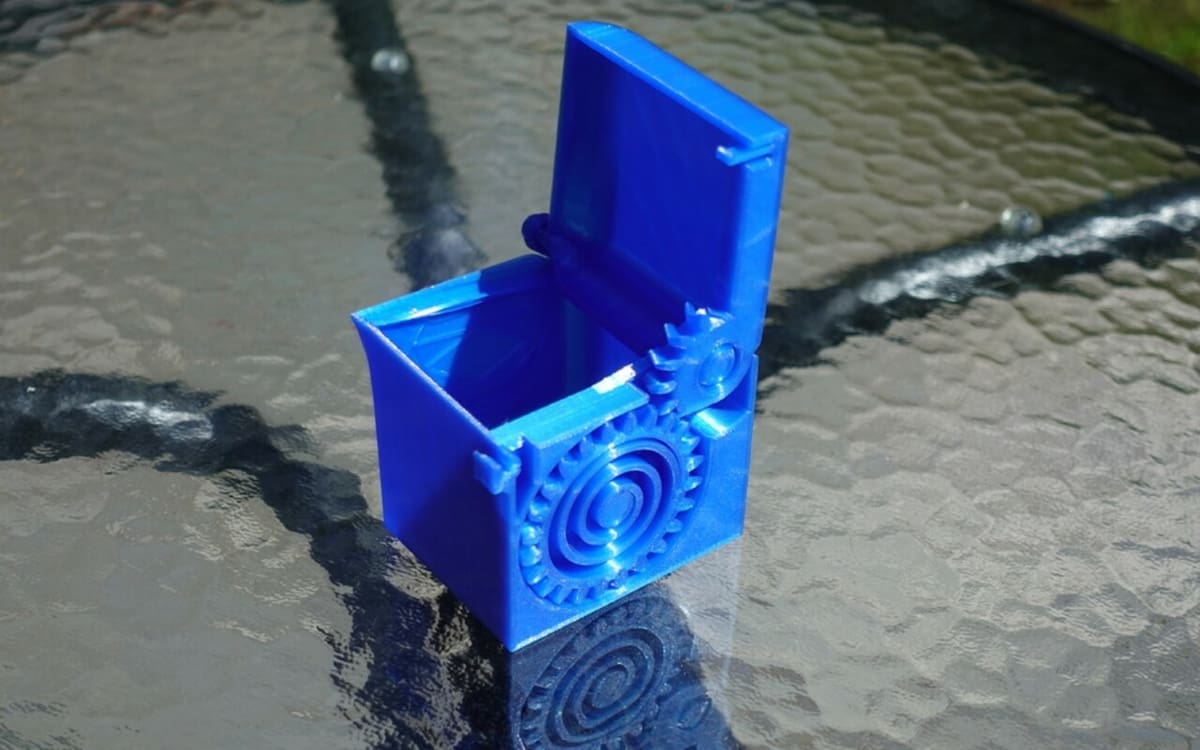
This print-in-place box uses a combination of gear and spring systems to allow you to flick open a hatch and reach the contents of the container. It looks very complicated, but don’t worry, no assembly is required. Additionally, the designer posted a test model that you can print before trying to print the full box to check your printer’s tolerances.
On this note, the designer points out that the box’s internal systems have clearances of 0.3 mm, which should make the design printable and functional on most consumer-grade 3D printers. However, we still recommend tuning your printer’s extrusion and dimensional accuracy just in case. The designer also recommends printing the model with a 0.2-mm or smaller layer height, orienting the model on its side (in your slicer), and not using any supports.
- Who designed it? Turbo_SunShine
- How printable/popular is it? This print-in-place mechanical box has 86 shared makes and 3 remixes!
- Where to find it? Thingiverse
Orbox
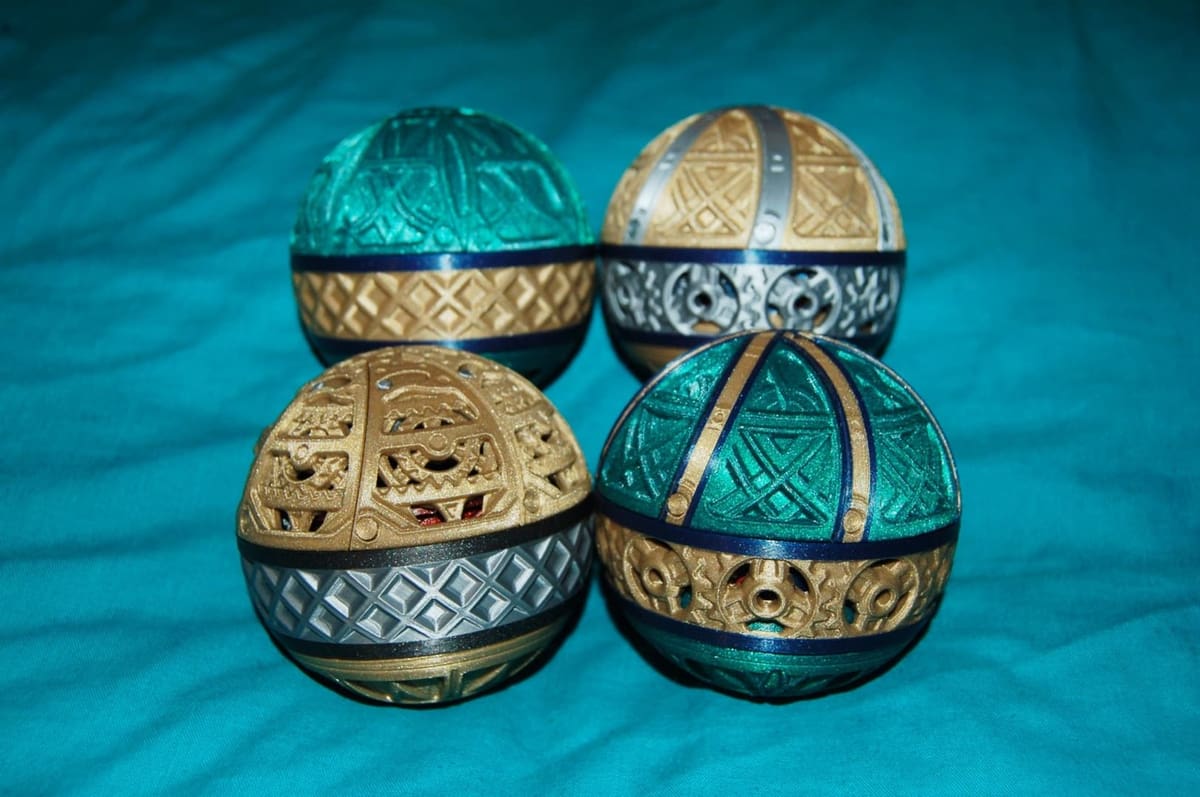
This mechanical masterpiece is designed by the same maker who created the Flower Iris Box V2 above. It starts off as a sphere, opens up partially to reveal the mechanism by turning the collar, and retracts the iris pieces as it rotates. Print it in multiple colors or silk PLA to get the dazzling effect shown in the image.
The designer recommends a 0.2-mm layer height. Given the intricacies of the design, a well-calibrated printer is a must!
- Who designed it? BrienAllison
- How printable/popular is it? This model has been downloaded over 760 times downloads, and three makers have shared their prints.
- Where to find it? MyMiniFactory
Twist & Lock
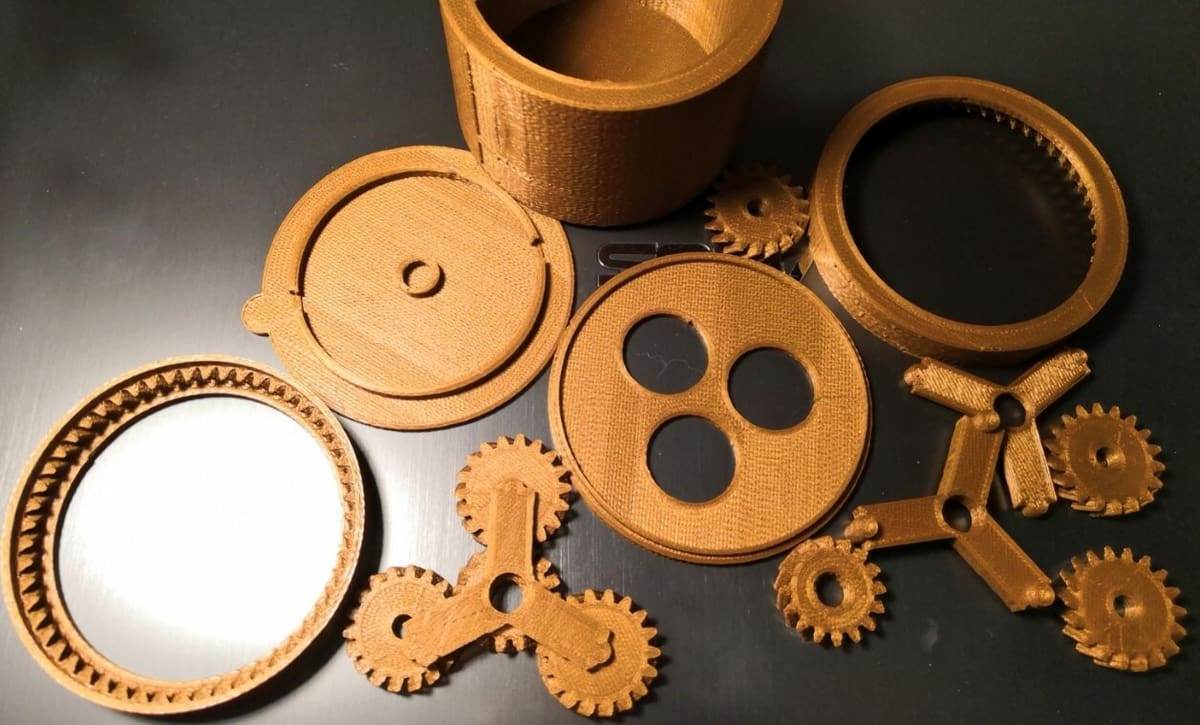
This box is a two-level mechanical container that uses a total of ten 3D printable gears to function. Besides those parts, six additional 3D printable components and a 70-mm threaded rod are needed to make this project. Although the box is kind of like a puzzle because there aren’t really any clear instructions on how to open it, the gears aren’t meant to be tricky so we’re not going to consider it a puzzle box.
The designer didn’t provide much other information about this design, so you’re on your own for the print settings. From the looks of the 3D printable parts, though, no supports should be needed. Just make sure your 3D printer is dimensionally accurate, as printing gears can be tricky.
- Who designed it? GinaManchul
- How printable/popular is it? This twist-and-lock mechanical box has 425 downloads as well as over 8,400 views.
- Where to find it? MyMiniFactory
Flower Iris V2
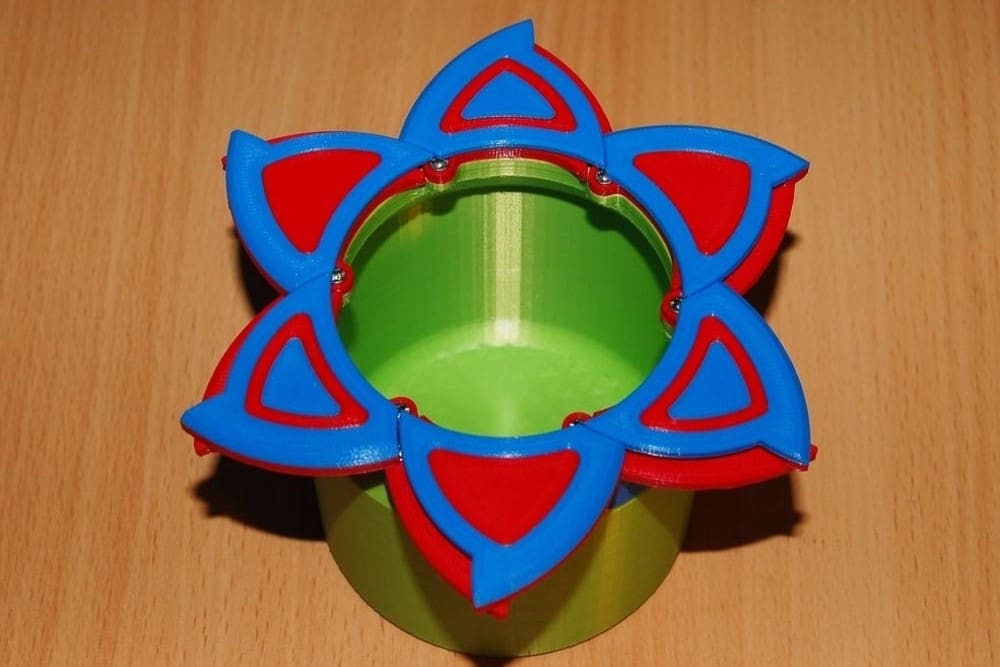
The Flower Iris Box V2 features a visually appealing opening mechanism: Six separate petals slide to open or close the box with a twist. Featuring multiple tube sizes, solid or hollow petal designs, and the ability to create multicolor petals, this box is quite customizable and balances beauty with high-capacity storage.
It doesn’t require any supports, and the designer recommends a 0.2-mm layer height with 20% infill. The V2 design requires some hardware for assembly (M2x6 screws), but the original Flower Iris Box is hardware free!
- Who designed it? BrienAllison
- How printable/popular is it? This iris box has nearly 1,000 downloads and 2 posted makes on Thingiverse.
- Where to find it? Thingiverse, MyMiniFactory
Print-In-Place Iris
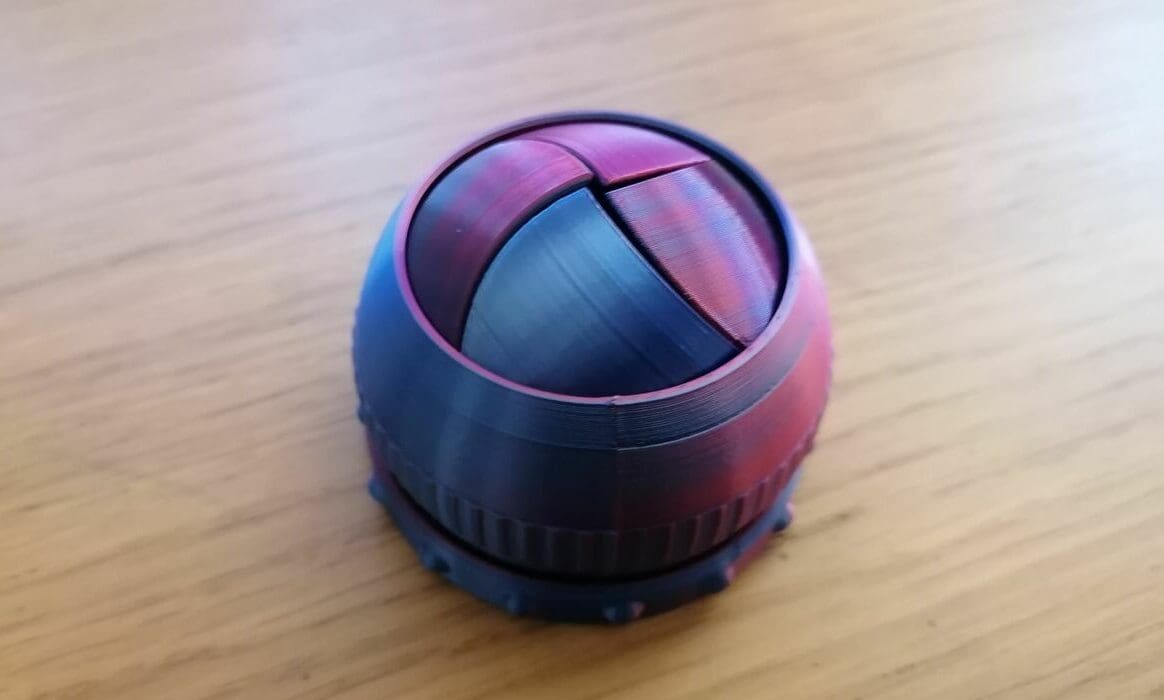
Another type of iris box, this remix of another design is special because it’s printable in one piece! While it doesn’t have much storage capacity, the fun you’ll have opening and closing this box makes it worth the print. You could also scale it up.
Since it’s print-in-place, it can also act as a way to test your printer’s capabilities! The designer recommends a 0.2-mm layer height and 20% infill with no supports.
- Who designed it? LoboCNC
- How printable/popular is it? 667 makes, 480,000+ downloads, and 13 remixes show this box’s popularity!
- Where to find it? Thingiverse
Mech
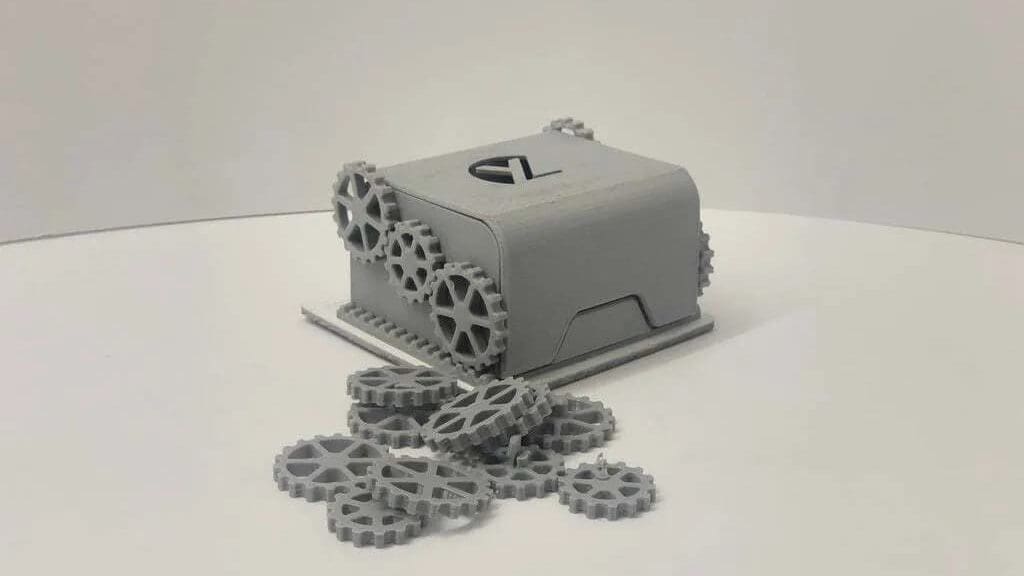
A showcase of mechanical action, this box is special in that just pushing it backward will open the lid! It doesn’t try to hide the action, instead choosing to display it for all to see. Pushing the lid down brings the box back forward and rotates the gears along the way.
As an added bonus to its cool look and mechanism, it requires neither support while printing nor any additional hardware to assemble.
Balcony
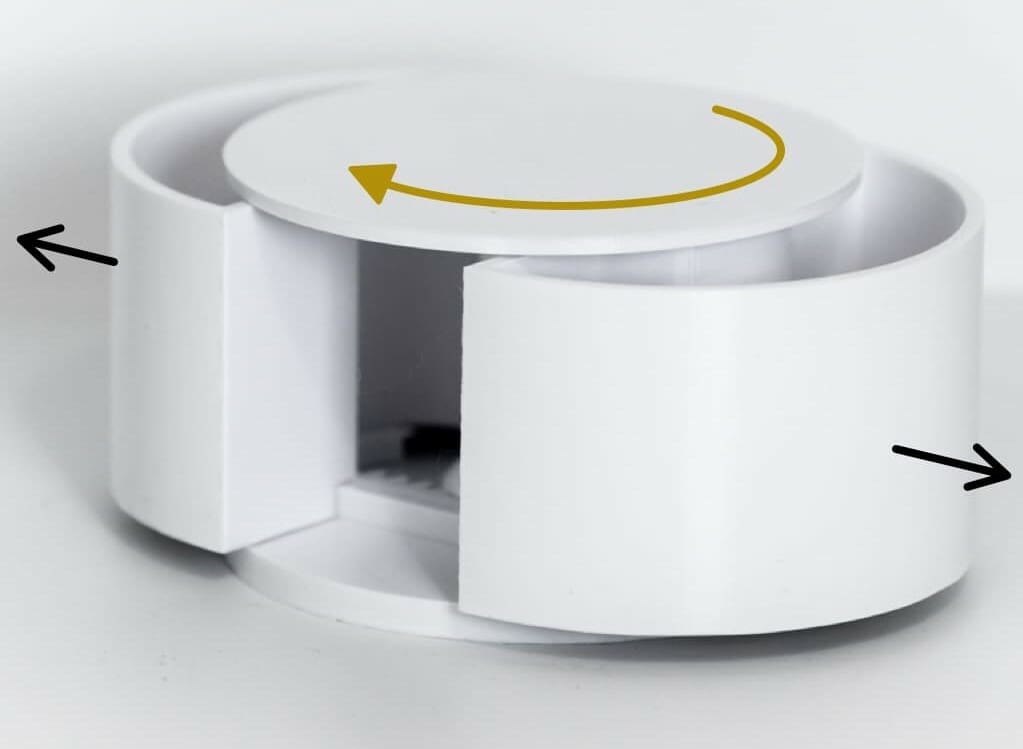
This sleek storage container looks like a plain cylinder until the top surface is rotated, revealing two compartments sliding out from the sides. A refreshing take on mechanical boxes, this modern design would fit in with many styles of decoration.
Only one piece needs small supports, and the designer recommends a layer height of 0.2 mm with infill of 10% or more.
- Who designed it? PlasticBarista
- How printable/popular is it? This sleek design has 14 likes and almost 200 downloads.
- Where to find it? Cults
License: The text of "3D Printed Box: 20 Great Models to 3D Print" by All3DP is licensed under a Creative Commons Attribution 4.0 International License.




